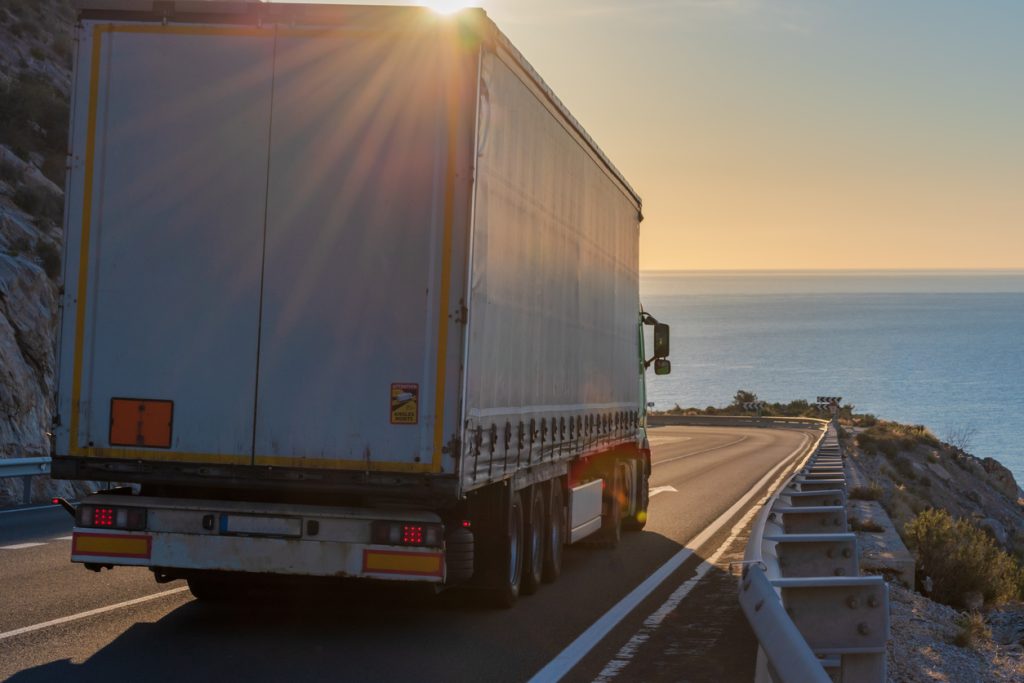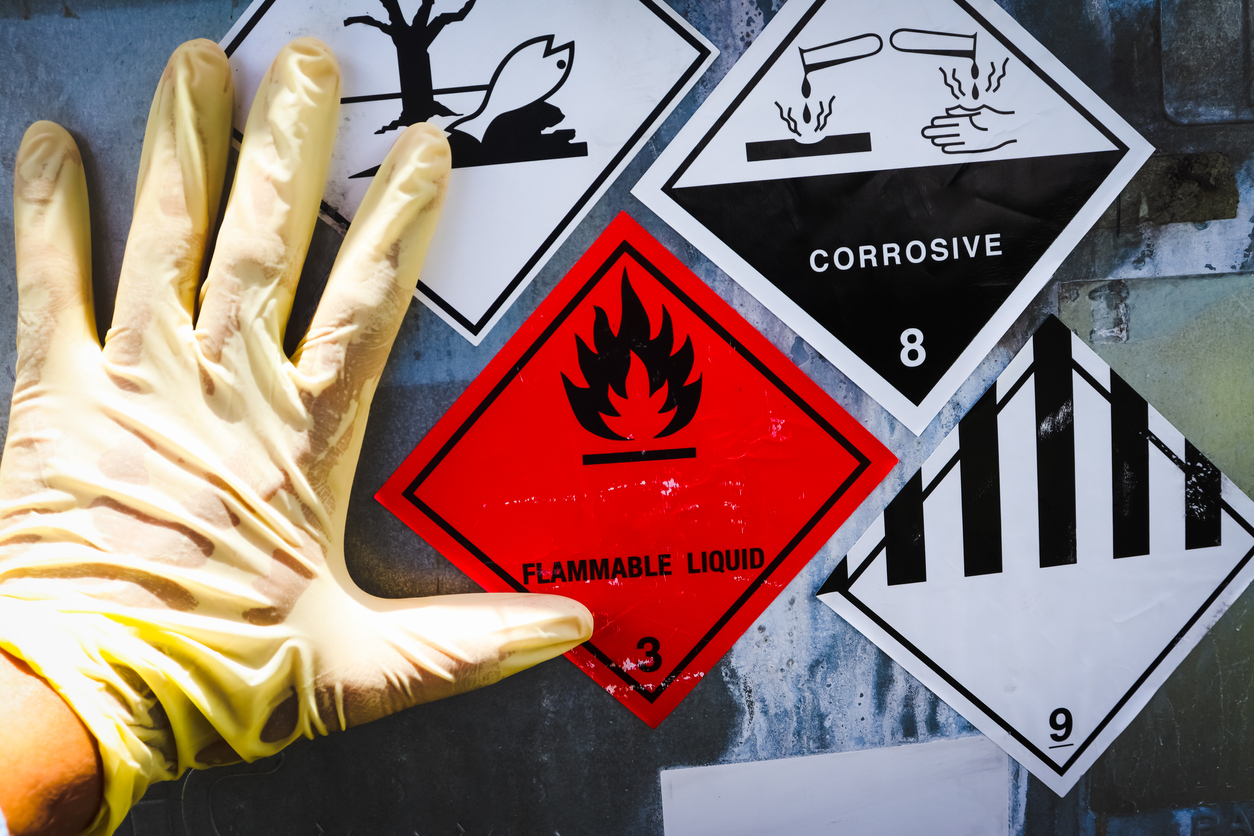We all think we drive safely, but do we really? August 16, 2022 started out like any other day. 71-year-old Larry Lee Atham, President of a West Virginia-based trucking company, got behind the wheel for a routine day of driving. At mile marker 132 on the I-79, everything changed. He lost control of the truck, hitting a guardrail, skidding across traffic, hitting the guardrail again, and catching fire. That was his last drive. Just a day later on a winding mountain highway in Buffalo, Wyoming, another driver, Texas-based Javier Cardoso-Reyes, couldn’t slow down, rolled over a guardrail and down an embankment, and never made it home. He was only 47.
29 truck drivers lined up their vehicles to pay their respects after Atham’s memorial service, rolling slowly past the funeral home to say goodbye. As touching as their gesture was, the loss of Atham, and just a day later, Cardoso-Reyes, in single-vehicle trucking accidents, raises serious concerns. Just one driver lost is one too many. Are we doing enough to prevent casualties?
The Stats
Trucking remains one of the riskiest professions. Accidents cause about 130 thousand injuries every year, with the most common injuries including broken bones, spinal cord damage, back and neck injuries, head trauma, and internal bleeding. Most drivers involved need urgent medical attention, and often face a lengthy treatment and recovery journey. Truck accidents cause about 4,000 deaths annually. In accidents involving a passenger vehicle, passenger cars account for 97% of occupant deaths due to their comparably small size.
That many injuries and fatalities sadden us, and we believe it doesn’t have to be that way. Preventing all accidents is impossible, but safe driving practices can limit the number of accidents involving trucks. These tips can help you stay safe on the road, whether you’re in a passenger vehicle or a tractor-trailer.
Never slack off on maintenance
Especially if you travel through mountainous terrain, treat your car or truck to a tune-up. The brakes and tires are the most important to check, but it’s also wise to check transmission fluid, oil, wipers, the battery, the exhaust system, and the heating and cooling system. A well-maintained vehicle is less likely to break down when trekking through unexpectedly rough weather or terrain.
Fill up early
Few people realize that climbing hills sucks up more gas than driving under normal conditions. Since mountainous areas often have spotty cell service and small shoulders with limited visibility, it’s just about the worst place you could run out of gas.
The larger your vehicle is, the sooner you should brake
And the more gently! Tractor trailers cause 46% more fatalities compared to smaller trucks. They’re harder and slower to maneuver, so trying to get out of trouble quickly can lead to a fatal loss of control. Loaded tractor-trailers take up to 40% more distance to stop. If you’re near one, especially on a steep or winding road, give the truck space. That way, if you have to stop quickly, you won’t risk getting rear-ended by a vehicle the size of a small house.
Prep for emergencies
You never know when something might go wrong, so pick up an emergency vehicle safety kit including a tow strap, jumper cables, headlamp, first aid kit, and window breaker. You’ll probably never have to use it, but if you do, you’ll be grateful you packed it.
Break with caution
When you’re traversing a steep road, don’t break continuously. Instead, tap lightly on the breaks repeatedly to prevent overheating.
Downshift
To have more security on steep grades, shift to a lower gear. This lowers the amount of stress your vehicle’s engine has to handle without the car losing control.
Keep an eye on the temperature gauge
A temperature gauge in the red might mean it’s time to take a break and enjoy the scenery. Or at least kill the A/C for a while! An overheated engine is unsafe for you and everyone near you, so don’t try to power through it.
Map out your trip
GPS is amazing, but when you rely on it too much, you’re at a loss if service drops. Instead, review the directions beforehand so you at least have a strong idea of where you’re going. That way, you won’t be tempted to continue glancing at your phone to try to get Google Maps to load.
Use your headlights
If lighting is dim, even if not everyone else around has headlights on, put them on. Doing so improves your visibility to others and makes it less likely for them to hit you.
Give trucks space
Review driver’s ed before hopping on the freeway. Cutting off a truck is always a bad idea. Give them ample space if you’re going to merge in front of them, and don’t tailgate. Truckers can’t see what’s directly behind their truck, so they might not know you’re right behind them until they stop quickly and you rear-end them in a spectacular fashion. Sometimes, they appear smaller and slower than they really are, so give them plenty of room.
Don’t text, ever
It only takes a second for your life to change forever. Don’t even think about replying to that text, even if it’s just to send a one-word reply. It’s just not worth the risk.
Get sleep
All our moms were right. Getting enough shut-eye isn’t just good for you, it can save your life. Dozing off behind the wheel of any vehicle is extremely dangerous, but doing so in a massive trailer tractor is a death sentence. Develop a healthy sleep routine, and if something goes wrong and you had to pull an all-nighter, avoid getting behind the wheel if at all possible. Better safe than sorry.
Driver safety shouldn’t just be on your list of priorities: It should be at the top. At BYX, we have a strict safety policy to reduce the risk of accidents on the road and make sure our drivers make it home safely. Drive carefully, folks.









